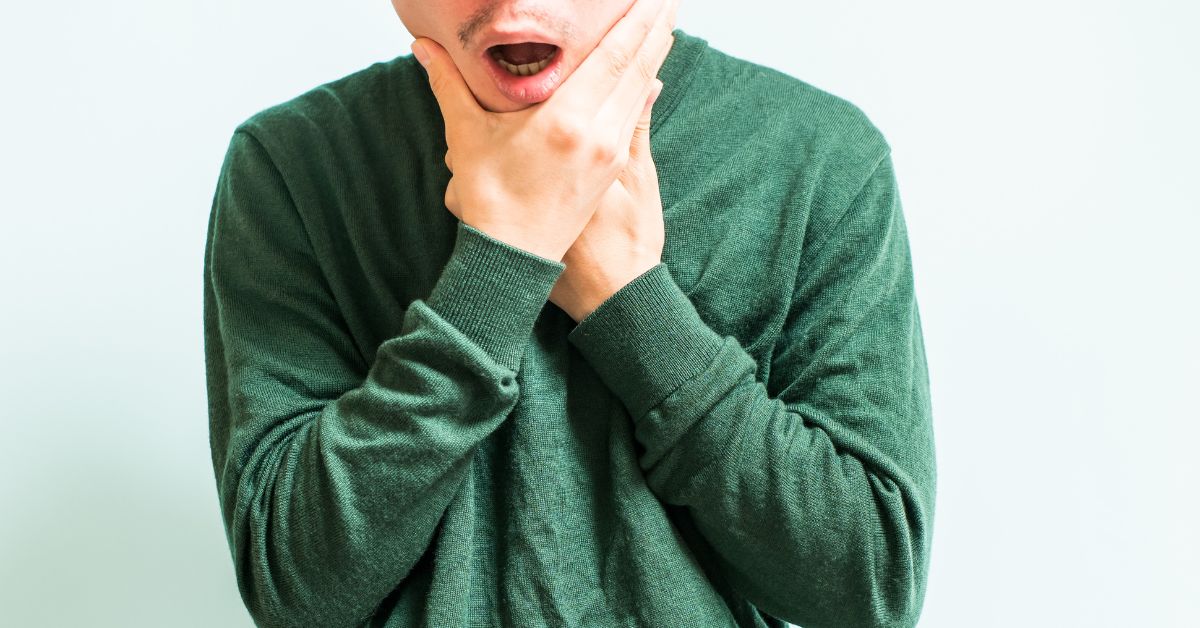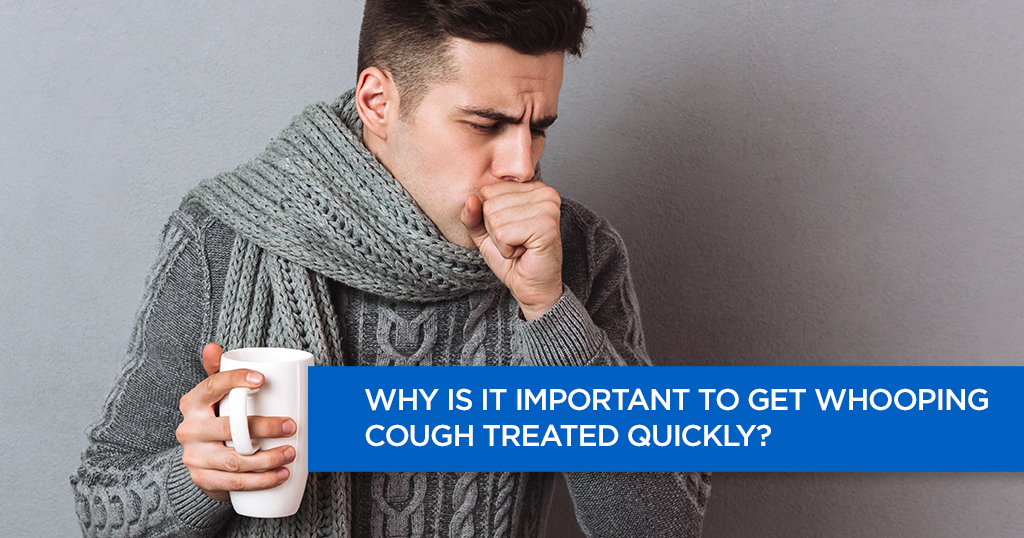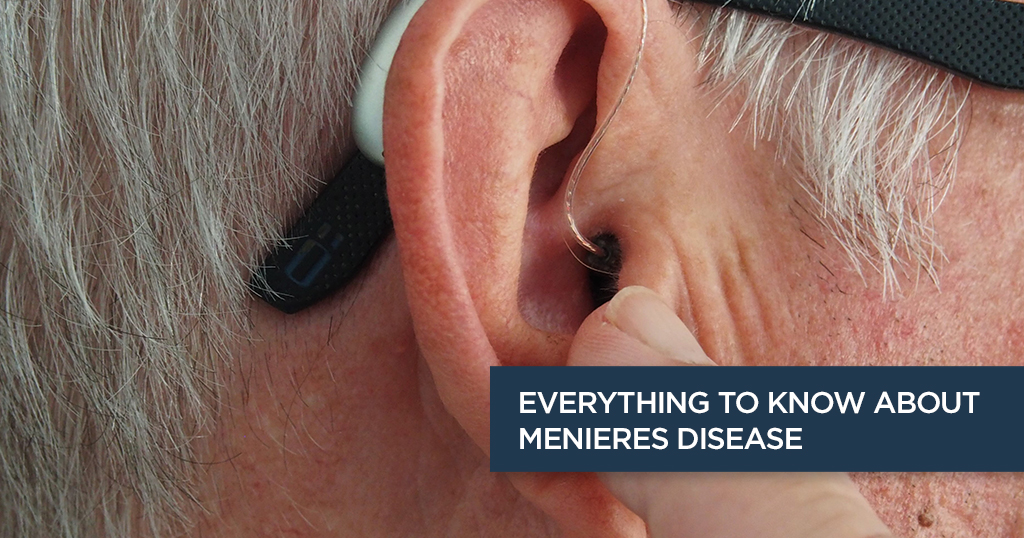Swimmer’s Ear (Otitis Externa): Causes, Symptoms & Treatment


Do you complain of having pain and irritation inside your ear? Did you notice any redness or discomfort after frequently using cotton swabs to clean your ear? These may be the signs of a swimmer’s ear, one of the most common bacterial infections of the ear. Visit an ENT specialist if you have any such problems and get yourself treated before the infection spreads to deeper parts of the ear.
Overview of Swimmer’s Ear
Swimmer’s ear is a bacterial infection caused due to remnant water inside the ear. This moist environment becomes favourable for bacterial growth that causes infections inside the ear. If left untreated, a swimmer’s ear can worsen and spread deeper inside the ear.
About Swimmer’s Ear
Swimmer’s ear / Otitis Externa is a bacterial infection affecting the external ear and extends from the ear canal up to the eardrum. It occurs due to water accumulated inside the ear after swimming or bathing, creating a moist environment favourable for bacterial growth. It is one of the most common bacterial infections affecting the ear canal. Apart from the damp environment inside the ear, frequent use of cotton swabs, pushing fingers inside the ear, and other objects may also cause a swimmer’s ear. It may lead to the damage of the thin lining of the ear canal. If left untreated, a swimmer’s ear can worsen and spread deeper inside the ear. Therefore prompt treatment is advisable to prevent further complications.
Causes and Symptoms of Swimmer’s Ear
Some of the most common causes of swimmer’s ear are
- Putting objects inside the ear like cotton swabs, ear pins, pen caps, fingers, etc., to clean the ears causes scratches or abrasions inside the ear canal.
- Trapped moisture inside the ear while swimming, showering or bathing causes bacterial infection.
- Sweat can also cause a swimmer’s ear.
- People with narrow ear canal.
- Age factor- can be seen in all age groups but is most common in children.
- Skin problems like eczema and psoriasis can cause a swimmer’s ear, and so can cosmetic products or jewellery causing sensitivity reactions.
People suffering from swimmer’s ear often complain of the following symptoms-
- Itching inside the ear
- Irritation and discomfort
- Pain, when left untreated, can become severe.
- Difficulty in hearing .
Perception of sound may seem as muffled due to swelling of the ear canal.
- Oozing pus or fluid from the ear canal
- A feeling of fullness inside the ear may lead to partially blocking the ear canal.
- In severe conditions, pain radiates towards the face, neck, and on the sides of the head and may even cause complete blockage of the ear canal, swelling of the lymph nodes of the neck.
When to see a doctor
Contact your doctor if you start noticing the above symptoms of swimmer’s ear.
Request an appointment at Apollo Hospitals
Prevention
Here are a few tips that you can adopt to prevent a swimmer’s ear.
- Try keeping your ear free of moisture and dry. Dry your ear using a soft towel gently thoroughly after bathing, showering, or swimming. You can even tip your head to the sides to let out the water from the ear canals.
- While swimming, watch out for the signs alerting of a high bacterial count. Avoid swimming in such water.
- Avoid putting any foreign objects inside your ears like cotton swabs, or hairpins. Using these foreign objects may cause irritation and scratches in the canal breaking the skin continuity of the ear canal.
- Protect your ear from chemical irritants. You can use cotton balls to cover your ear when using hair spray and dyes.
- Protect your ear from secondary infection if you have been through ear surgery. Take proper care post-surgery.
Treatment
If you are suffering from a swimmer’s ear, see your doctor and get the treatment that helps you relieve your pain and irritation. The doctor may first proceed with cleaning your ear using hydrogen peroxide. Your doctor will use a suction device or ear curette to clean away discharge, clumps of earwax, flaky skin and other debris.
The treatments given include :
- Ear drops containing antibiotics, steroids, antifungal agents, or other medications.
- In severe cases, ear wicks may be used
- In case of a torn eardrum, you need to consult an ENT specialist.
Conclusion
Swimmer’s ear is a bacterial infection. If ignored and left untreated, it can spread to the internal ear affecting hearing . Visit your doctor and get relief from your pain and discomfort.
Frequently Asked Questions (FAQs)
What are the complications related to the swimmer’s ear?
The complications associated with a swimmer’s ear are
- Temporary loss of hearing
- Chronic infections
- Deep tissue infection
- Damage to the bones and cartilages of the ear
Is childhood middle ear infection and swimmer’s ear different?
Swimmer’s ear is caused by a bacterial infection involving the external ear. Whereas, childhood middle ear infection is a bacterial infection affecting the middle ear.
How long does it take for a swimmer’s ear to heal completely?
It takes around 7-10 days for a swimmer’s ear to completely heal with proper treatment.
© Copyright 2024. Apollo Hospitals Group. All Rights Reserved.
 +91 8069991061
Book Health Check-up
Book Health Check-up
Book Appointment
Book Appointment
+91 8069991061
Book Health Check-up
Book Health Check-up
Book Appointment
Book Appointment







